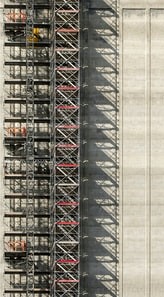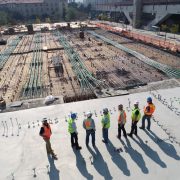Construction workers deal with a host of potential dangers from on-site falls to electrocutions to scaffolding collapses.
One of the dangers that are less pronounced is the risk they face for asbestos-related cancer and other diseases. The ever-present danger on the job has led to many construction workers being educated about the dangers that come as part of the trade. Out of any other industry in the United States, construction had the most worker-related deaths in 2014 at 899 reported, according to the Bureau of Labor Statistics.
The Less Obvious Dangers
Most construction companies will give a thorough education to their workers on the physical hazards that exist on every construction site. Unfortunately, hazards related to asbestos aren’t as well known. It’s a little less obvious and considered less risk as a result. At one time, this had become a popular mineral because of its flame and heat-resistant properties. During the middle of the 1960s, however, scientists confirmed the dangers of breathing in airborne asbestos-related fibers. They soon learned the health risks it posed like asbestosis, lung cancer and mesothelioma.
Laying Dormant
Unfortunately, the actual disease can lay dormant for decades before it starts to pose a real risk to the person’s well being. While the manufacturers have now phased out all of the asbestos-related products, the contaminated materials still exist at thousands of construction sites across the United States. It places the workers at a serious risk for cancers later in life.
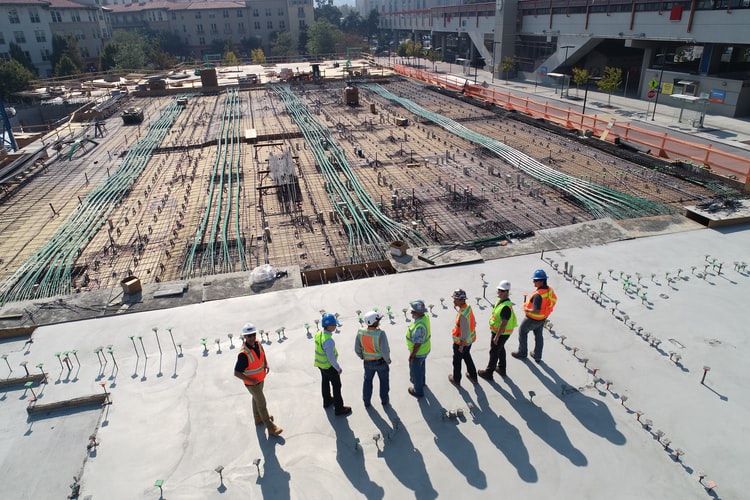
Risk in the Profession
An estimated 1.3 million construction workers are at risk because of exposure to asbestos-related products, according to a study from the American Journal of Respiratory and Critical Medical Care. Demolition works have become an increasing group at risk of exposure to these contaminated materials because of how they often deal with some of the older buildings. Nevertheless, the risk could be applied to anyone who might perform renovations on the older buildings from 1970 or earlier.
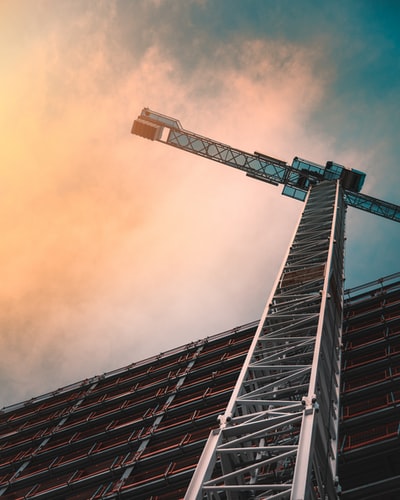
Every trade within construction will have its own unique lineup of dangers. For example, painters have to be careful of the chemical fumes while roofers have to remain cautious to the ever-present danger of falling from a high elevation. Nevertheless, the risk of asbestos-related products have placed almost every worker on the job site at a real risk for developing occupational-related illnesses.
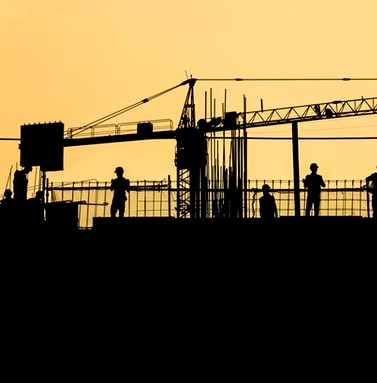
The Dangers of Negligence
It only takes a single negligent worker who doesn’t follow the correct safety practices to put everyone else on the construction site at risk. This is because of the particles that might spread around the different job sites and expose it to people who may have never even handled the substance. Even worse, a worker could potentially bring this dust home from having it on their hair, clothing or tools and put entire families at risk from secondhand exposure. This can be equally as deadly.
Drywall Workers
One of the most common workers who will be the most at risk are the drywall workers. In fact, several studies have been conducted, and it was found how they’re at a high level of risk because they will often cut a drywall panel or fasten it to the framework of the building, and this can potentially release the fibers that will cause health problems.

Many times drywall tape and drywall itself will contain asbestos-related products. Sanding drywall down has sometimes been known to release the contaminants to the air. In fact, one study conducted from back in 1979 discovered how when workers sanded the taping compounds of the drywall, it released compounds of the contaminants that were up to seven times greater than what is a healthy level.

Bricklayers and Masons
Another one of the construction workers at risk are the mason workers. This is because of how these workers used to mix raw asbestos-related materials into their compounds for the stones and bricks. After they had prepared the materials, they faced an additional danger because of how they would cut the material down to size, and they’d secure the bricks into place with asbestos-related adhesives. Sometimes they would scrape up the dry mortar, which would release the contaminants into the air.
At one point, the contaminants within the construction materials were extraordinarily high. In fact, some of the estimates given had placed this number up to as much as 4,000 materials.
This means they were used in countless building materials, and in fact, the US Environmental Protection Agency has talked about how many of the nation’s 733,000 buildings, whether commercial or public, have asbestos-related products in them. It can range anywhere from the flooring tiles to the roofing shingles to the drywall. Construction workers handle these products in renovations, which has become a real threat to their health and wellbeing.
